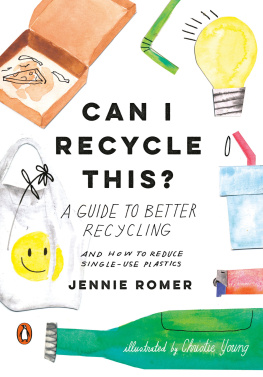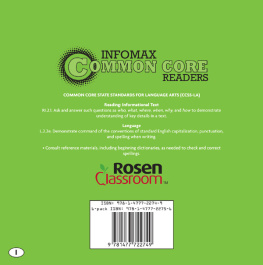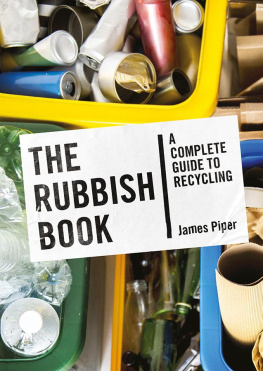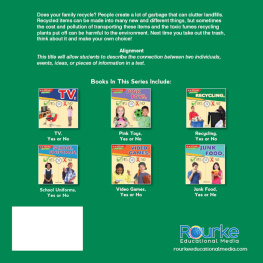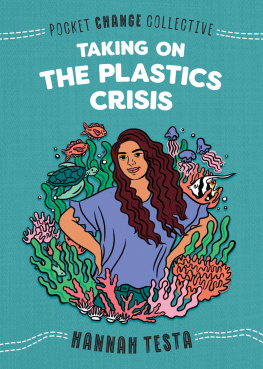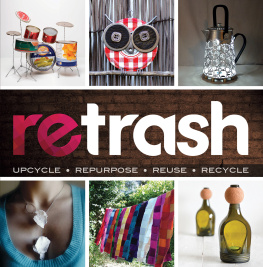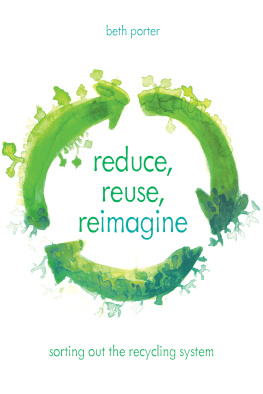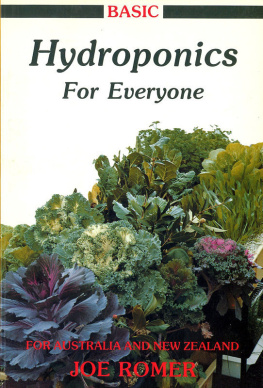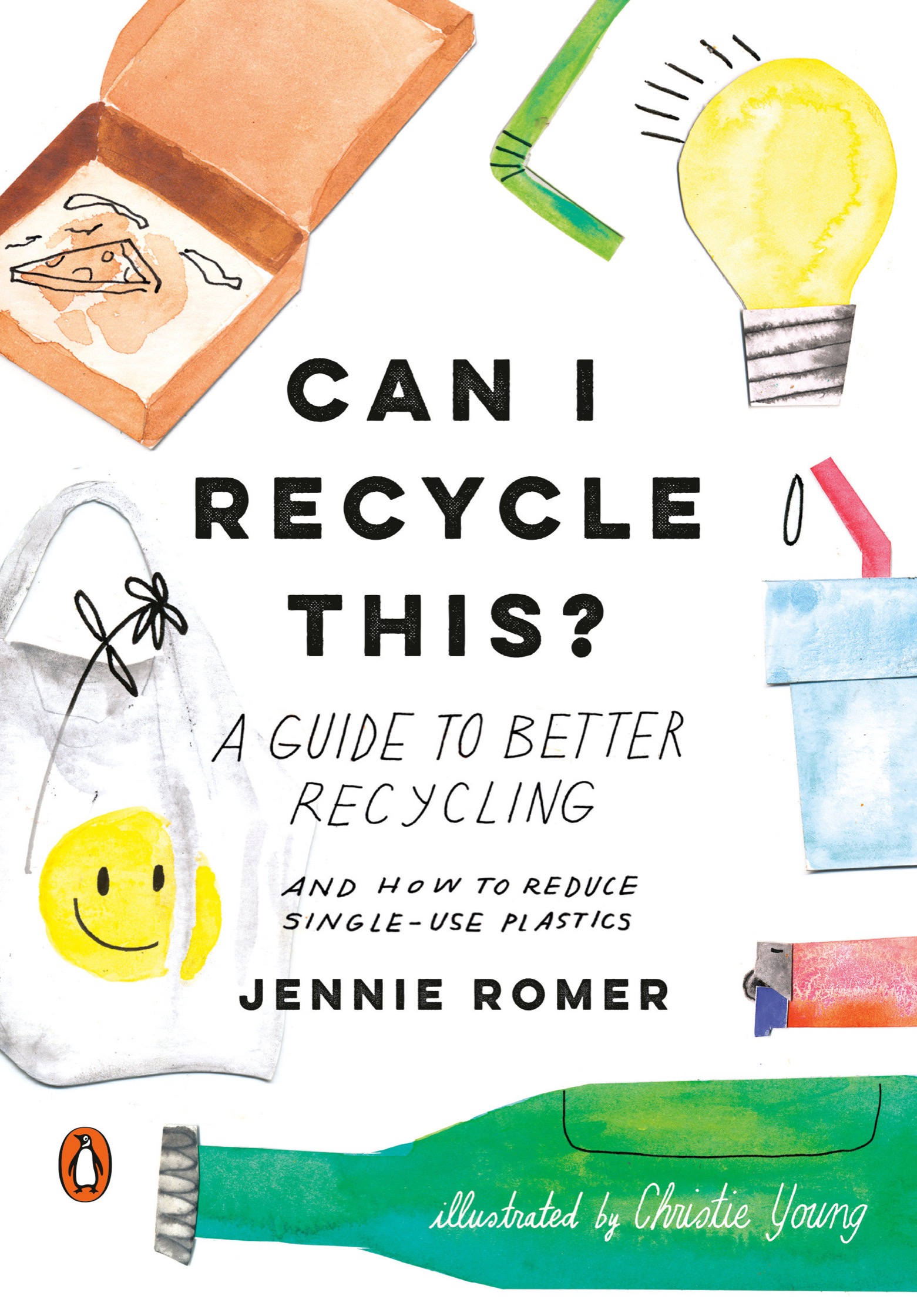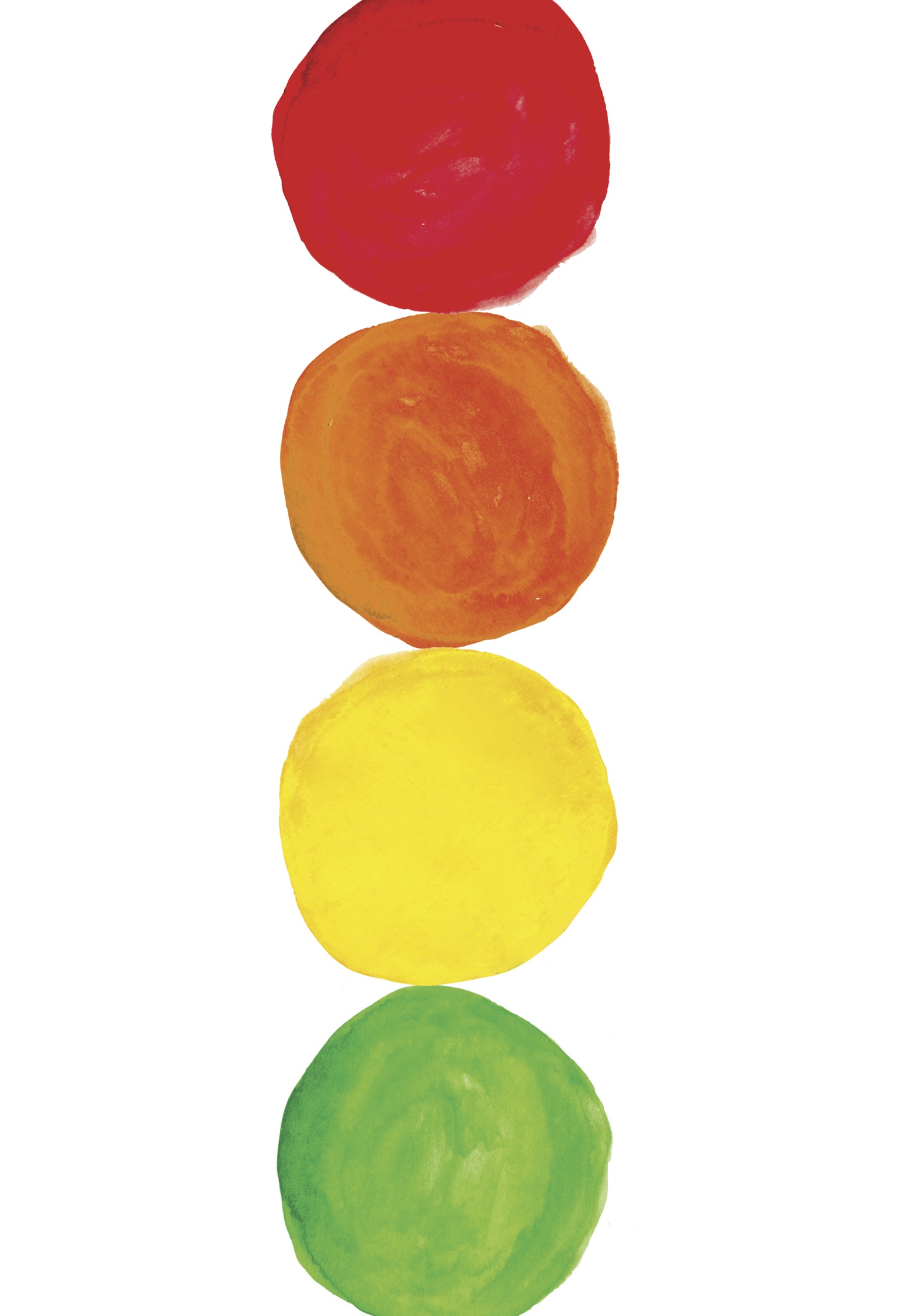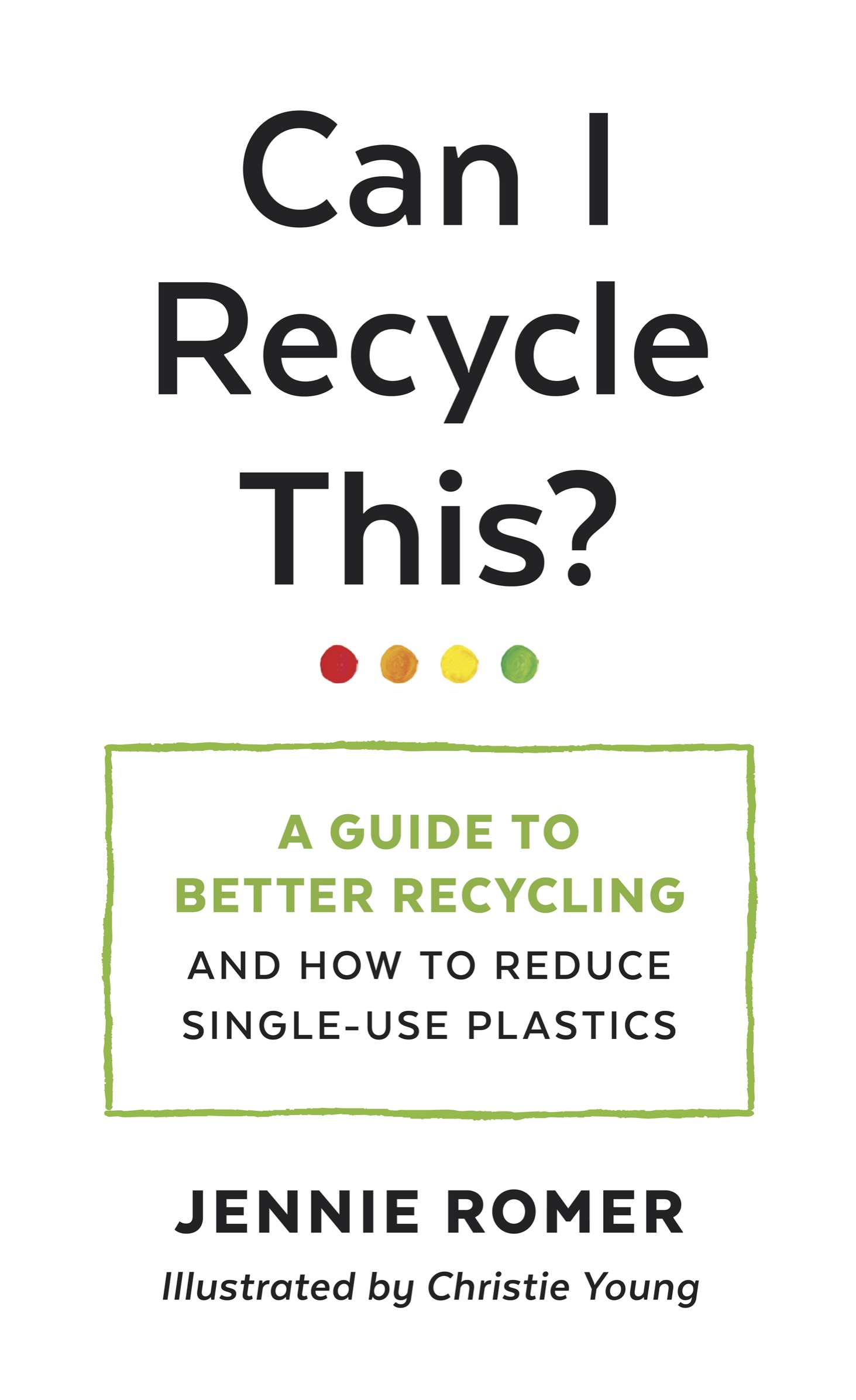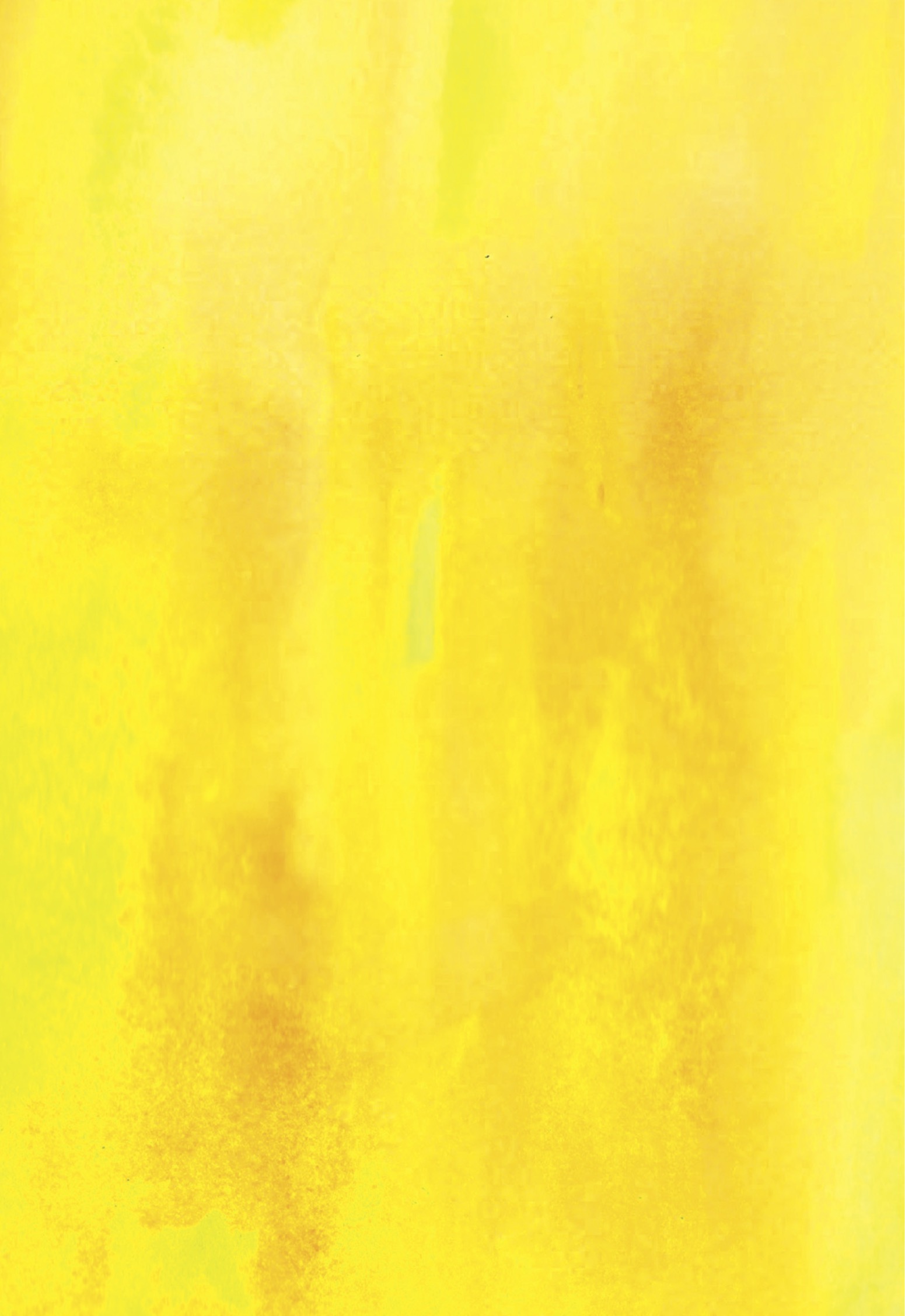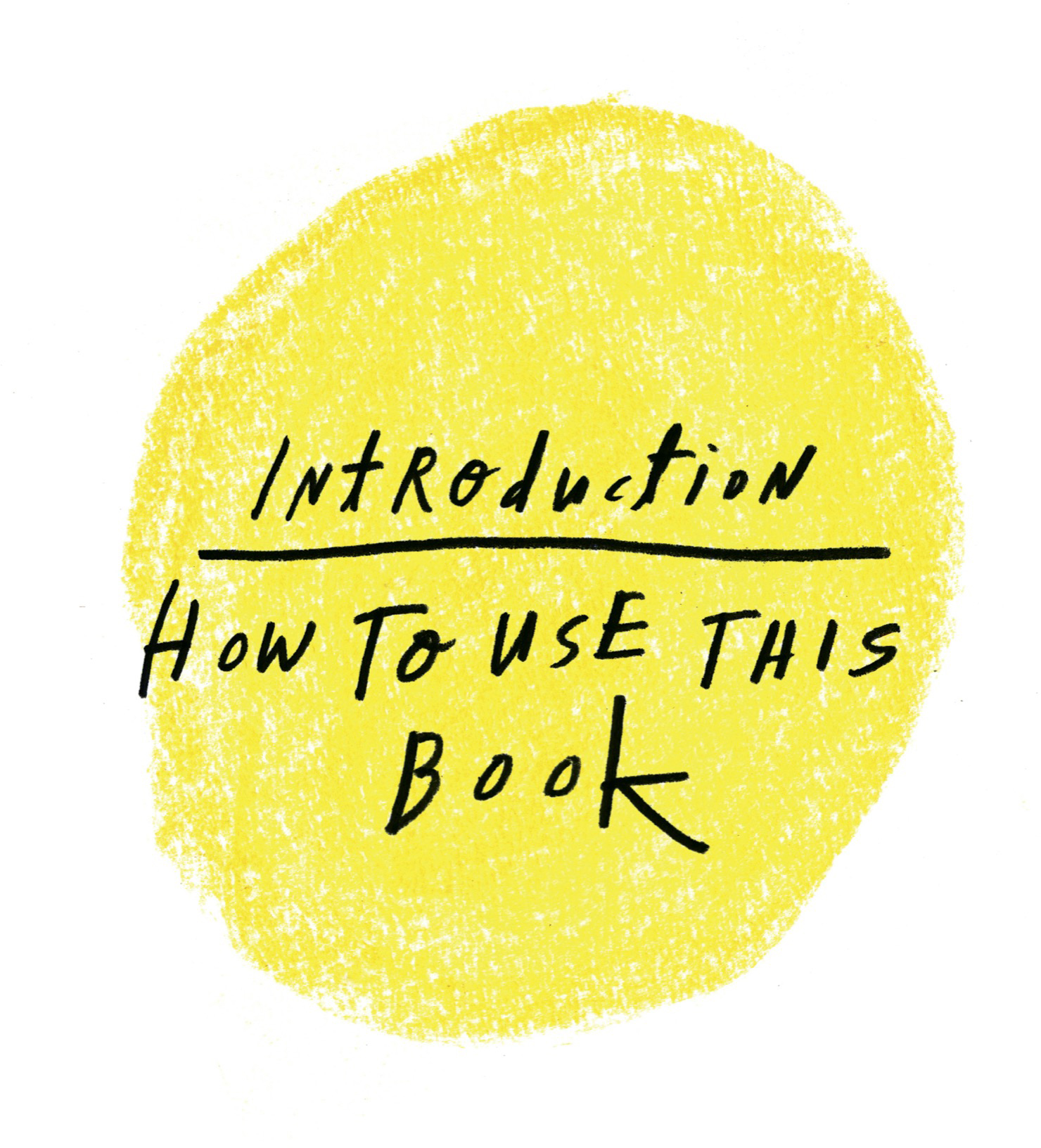PENGUIN BOOKS
CAN I RECYCLE THIS?
Jennie Romer is one of the leading experts on single-use plastic reduction and recycling in the U.S. She has more than a decade of experience as an attorney and sustainability consultant fighting for effective legislation on waste reduction and single-use plastics, and is routinely sought out by legislators, environmental organizations, and businesses across the U.S. and around the globe. A native of California, Jennie earned her JD from Golden Gate University School of Law and holds bachelors degrees from UC Santa Barbara. She is a member of the state bars of California and New York. Jennie is a legal associate for the Surfrider Foundations Plastic Pollution Initiative.
Christie Young is an artist and illustrator currently based in Austin, Texas. Shes collaborated with clients of all shapes and sizes, ranging from Penguin Random House to Bumble to Madewell. Her work is a reflection of her interests in nature, travel, and storytelling.
PENGUIN BOOKS
An imprint of Penguin Random House LLC
penguinrandomhouse.com
Text copyright 2021 by Jennie Romer
Illustrations copyright 2021 by Christen Ann Young
Penguin supports copyright. Copyright fuels creativity, encourages diverse voices, promotes free speech, and creates a vibrant culture. Thank you for buying an authorized edition of this book and for complying with copyright laws by not reproducing, scanning, or distributing any part of it in any form without permission. You are supporting writers and allowing Penguin to continue to publish books for every reader.
LIBRARY OF CONGRESS CATALOGING-IN-PUBLICATION DATA
Names: Romer, Jennie, author.
Title: Can I recycle this? : a guide to better recycling and how to reduce single-use plastics / Jennie Romer; illustrated by Christie Young.
Description: New York, NY: Penguin Books, [2021] | Includes index.
Identifiers: LCCN 2020040573 (print) | LCCN 2020040574 (ebook) | ISBN 9780143135678 (hardcover) | ISBN 9780143135678 (ebook)
Subjects: LCSH: Recycling (Waste, etc.)Popular works. | PlasticsRecyclingPopular works.
Classification: LCC TD794.5 .R67 2021 (print) | LCC TD794.5 (ebook) | DDC 363.72/82dc23
LC record available at https://lccn.loc.gov/2020040573
LC ebook record available at https://lccn.loc.gov/2020040574
Accordingly, nothing in this book is intended as an express or implied warranty of the suitability or fitness of any product, service, or design. The reader wishing to use a product, service, or design discussed in this book should first consult a specialist or professional to ensure suitability and fitness for the readers particular lifestyle and environmental needs.
While the author has made every effort to provide accurate internet addresses at the time of publication, neither the publisher nor the author assumes any responsibility for errors or for changes that occur after publication. Further, the publisher does not have any control over and does not assume any responsibility for author or third-party websites or their content.
Cover illustration: Christie Young
Cover design: Matt Vee
pid_prh_5.6.1_c0_r0
For Leslie Tamminen
my mentor and friend
Contents
BAGS AND BOXES
BEVERAGE CONTAINERS AND DRINKWARE
SINGLE-USE FOODWARE AND PACKAGED FOOD CONTAINERS
HOME GOODS AND PERSONAL ITEMS
TOOLS
Im Jennie Romer, a lawyer, an environmental activist, and a leading expert on single-use plastics. Ive spent much of the last decade talking about plastic bag laws, during which Ive had the chance to learn an enormous amount about trash and recycling systems. The number one question I get from friends and website inquiries is, Can I recycle this?
The answer to this question is not as simple as it may seem. This book will walk you through all kinds of products, teaching you what is and what isnt recyclable, and what happens when something falls in between. There are bright spots to share, like the fact that much of the paper in New York City gets sent on a barge to Staten Island and recycled into pizza boxes. That box plant makes 200,000 pizza boxes a day!


The truth isand you knew this was comingthat recycling alone wont save us or the planet. Recycling is only effective if the materials can be sold for a profit, and the markets for what is profitable fluctuates. Sadly, a lot of our carefully separated and washed plastics end up getting shipped to developing countries to be burned or lost in the environment, harming peoples health and contributing to climate change. And thats where policy and activism come in: The ultimate goal is to adopt sensible and effective policies to reduce single-use plastic and other packaging, and hold producers responsible for making better packaging and paying for the cost of recycling and waste disposal (and cleanup).
I see this as a little book that can contribute to a big movement. Already these issues are gaining momentum, momentum that we will to continue to build. Because we care. Weve been trained to recycle since the 1970s, and so many of us do it faithfully. Plastic bag laws are spreading through our country in spite of tremendous spending and lobbying from the plastics industry. We have also seen the push to ban plastic straws (which are not recyclable!) burgeon into an organized movement by people across the world. Now some cities are starting to adopt policies that require restaurants to serve dine-in orders on real dishes and make utensils available only upon request for takeout and delivery. A world without unwanted plastic utensils cluttering our drawers (and oceans) is coming!
If youre holding this book, you are hungry for accurate information, which Ive spent my career gathering. This book will educate, entertain, and get you fired up. We have a lot of work to do. But I know that youre up to the job!
Ive teamed up here with the brilliant illustrator Christie Young, the author and illustrator of Girl Talk: Unsolicited Advice for Modern Ladies and the hilarious The Rules Of series in GOOD magazine, which breaks down everyday activities into a series of stylish and humorous rules.
The Structure of This Book
The first section of this book defines what recycling means and introduces terms that well use in the rest of the book. You will learn about the numbers inside the chasing arrow symbols on the bottom of your plastic cups, what happens to your recyclables when they reach a sorting facility, and the Rube Goldbergesque configurations of conveyors, magnets, optical sorters, and sensors that make the sorting happen. Well also get into how the commodities market relates to recyclables, because all of these fancy sorting methods that boast be-all-and-end-all solutions to environmental problems dont make commercial sense for items that no manufacturer wants to buy.

